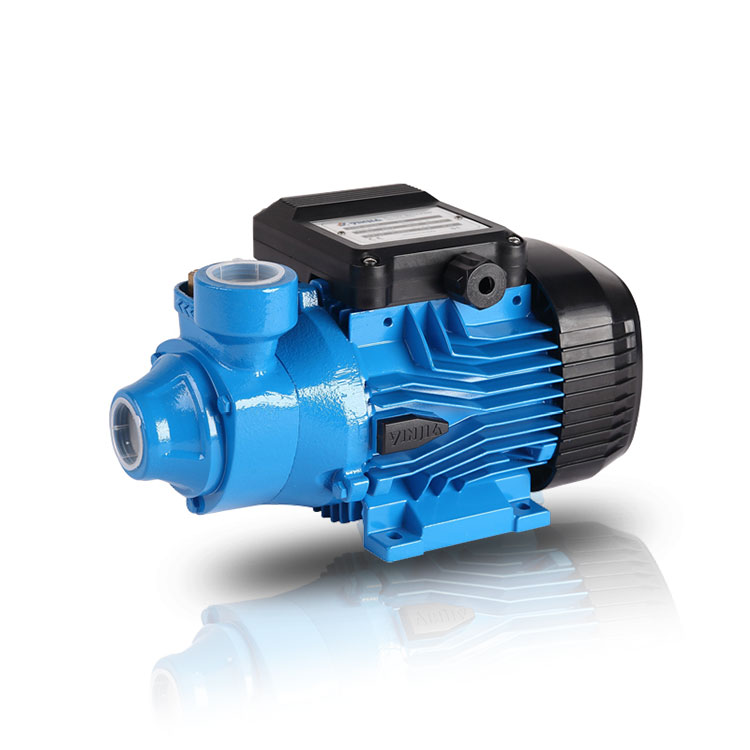Prolonging Performance: A Guide to Maintenance Procedures for Peripheral Pumps
2024-01-15
Introduction:
Peripheral pumps are vital components in household water systems, ensuring a steady flow for various applications. To maximize their lifespan and maintain optimal performance, regular maintenance is crucial. In this blog, we'll delve into recommended maintenance procedures for peripheral pumps, offering a comprehensive guide to preserve their efficiency and reliability.
1. Regular Inspection: A Foundation for Maintenance:
Initiate maintenance with a thorough inspection of the peripheral pump. Check for any visible signs of wear, loose components, or leaks. Regular visual inspections can help identify potential issues before they escalate.
2. Check for Vibrations: Indicators of Misalignment:
Vibrations can indicate misalignment or imbalance in the pump. Periodically check for excessive vibrations during operation. If noticeable, it's essential to address the root cause promptly to prevent damage to the pump and surrounding components.
3. Lubrication of Moving Parts: Enhancing Longevity:
Lubricate the moving parts of the peripheral pump regularly. Proper lubrication reduces friction, minimizes wear and tear, and contributes to the overall longevity of the pump. Consult the pump's manual for specific lubrication requirements.
4. Inspect and Clean Impeller: Ensuring Unhindered Flow:
The impeller is a critical component responsible for water circulation. Regularly inspect and clean the impeller to remove any accumulated debris or sediment. A clean impeller ensures unhindered water flow and optimal pump performance.
5. Examine Seals and Gaskets: Preventing Leaks:
Seals and gaskets prevent water leakage from the pump. Periodically examine these components for signs of wear or damage. Replace any compromised seals or gaskets promptly to prevent leaks and maintain the pump's efficiency.
6. Check for Suction Issues: Avoiding Dry Running:
Ensure that the pump does not experience suction issues, as dry running can damage the pump. Check for proper priming and make sure the pump has a continuous water supply. Address any suction-related issues promptly to prevent damage.
7. Inspect Electrical Components: Safety First:
Safety is paramount in pump maintenance. Inspect all electrical components, including wiring and connections. Look for signs of wear, fraying, or exposed wires. Address any electrical issues promptly and, if necessary, seek professional assistance.
8. Clean Inlet Strainers: Preventing Debris Buildup:
Inlet strainers prevent debris from entering the pump. Regularly clean these strainers to prevent debris buildup, which can impede water flow and affect the pump's efficiency. Clean strainers contribute to consistent and reliable pump operation.
9. Monitor Pressure Levels: Adjusting as Needed:
Keep an eye on pressure levels within the water system. If the pump operates at significantly higher or lower pressures than normal, it may indicate an issue. Adjust pressure settings according to the pump's specifications to ensure optimal performance.
10. Follow Manufacturer Guidelines: Adhering to Recommendations:
Always refer to the manufacturer's guidelines and recommendations for specific maintenance procedures. Manufacturers provide valuable insights into the best practices for maintaining their peripheral pumps, ensuring compliance with warranty terms and conditions.
Conclusion:
Regular maintenance is the key to ensuring the optimal performance and longevity of peripheral pumps. By incorporating these recommended procedures into your routine, you can address potential issues proactively, prevent unnecessary wear, and maintain a reliable water circulation system in your household. Remember, a well-maintained peripheral pump not only functions efficiently but also contributes to a seamless and worry-free water supply for your daily needs.



